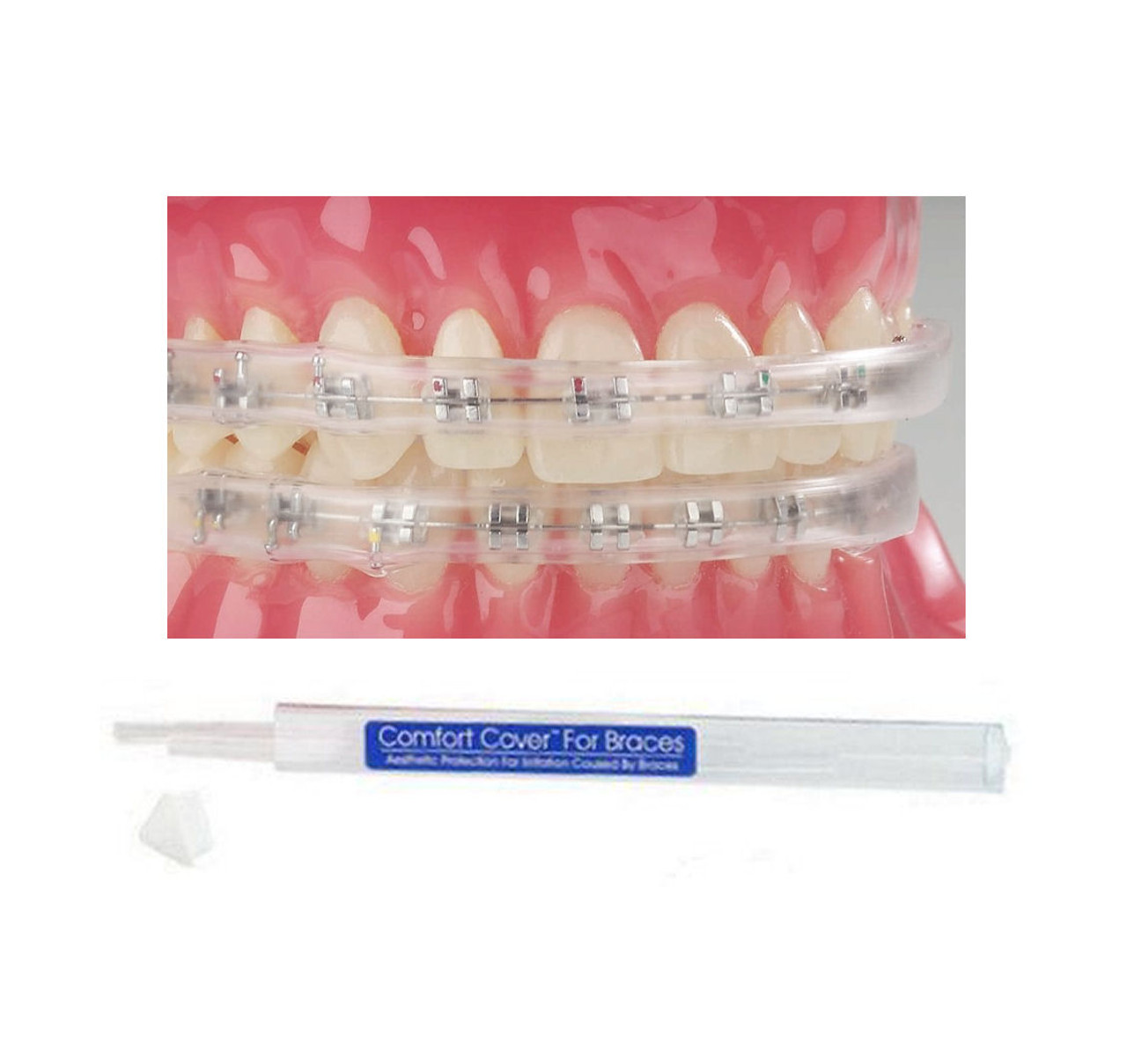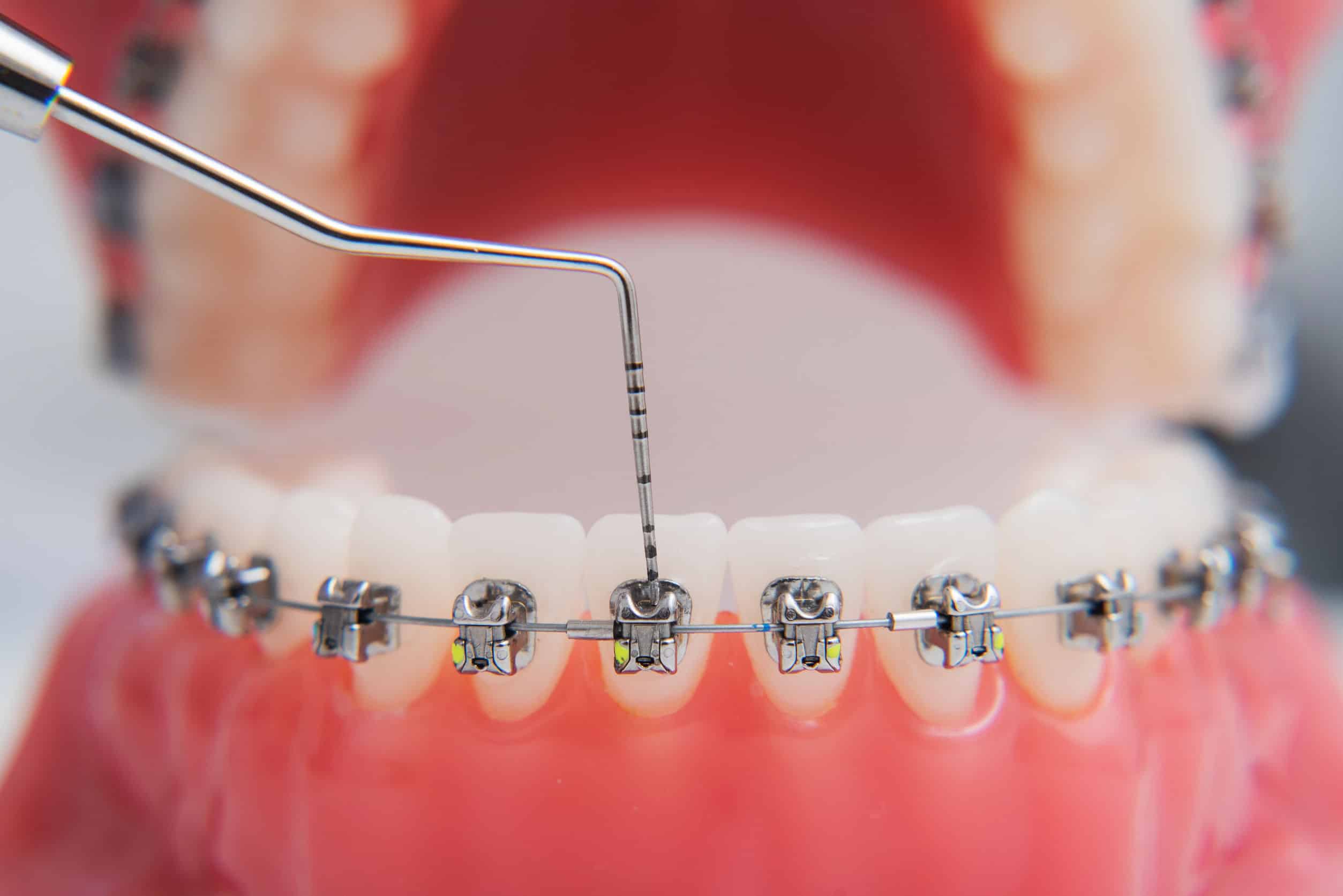How Cumming Orthodontics Addresses Common Braces and Invisalign Concerns
How Cumming Orthodontics Addresses Common Braces and Invisalign Concerns
Blog Article
Comprehensive Guide to Orthodontics Treatments for Fixing Dental Misalignments
Recognizing the intricacies of each procedure, including their systems, advantages, and potential disadvantages, is essential in making educated choices concerning one's orthodontic treatment. As we navigate via the comprehensive overview to orthodontic procedures for fixing dental misalignments, the elaborate information of each method will certainly unravel, shedding light on the path towards a unified and practical dental placement.
Orthodontic Procedures Overview

Normal modifications and tracking are essential components of orthodontic therapy to guarantee progress is on track and to make any kind of required modifications along the means. By going through orthodontic procedures, individuals can not only accomplish a straighter smile yet likewise boost their general oral health and feature.
Conventional Dental Braces: Exactly How They Work
When taking into consideration orthodontic therapies for oral misalignments, standard dental braces stand out as a tried and true technique for correcting teeth placing. Typical dental braces consist of brackets, wires, and bands that work with each other to use continual pressure on the teeth, gradually moving them right into the preferred positioning.
One secret facet of exactly how conventional dental braces work is the procedure of bone renovation. As stress is used to the teeth through the dental braces, the bone surrounding the teeth is improved to support the brand-new tooth placements. This makeover is essential for the lasting security of the remedied positioning. People will certainly need regular changes at the orthodontist's office to make certain the braces proceed to apply the appropriate pressure for effective teeth activity.
Unnoticeable Aligners: Cons and pros
Invisible aligners provide a discreet and hassle-free alternative to typical braces for remedying dental imbalances. These clear, personalized trays are essentially invisible when used, making them an enticing option for individuals looking for a more visually pleasing orthodontic therapy. Among the primary benefits of unseen aligners is their removability, permitting for easier upkeep of dental hygiene contrasted to typical dental braces. Patients can get rid of the aligners before eating or brushing their teeth, reducing the risk of food getting embeded the appliance and simplifying the cleaning procedure.

Surgical Orthodontic Options
Surgical interventions in orthodontics existing feasible options for addressing complicated dental he said imbalances that may not be successfully fixed via traditional orthodontic treatments. While typical braces and unseen aligners can correct several orthodontic problems, particular situations need surgical treatment to achieve ideal outcomes. Surgical orthodontic options are normally recommended for serious malocclusions, considerable jaw disparities, and cases where the underlying bone framework requires modification to accomplish correct alignment.
One typical medical orthodontic treatment is orthognathic surgery, which involves repositioning the jaws to fix practical problems such as trouble eating or talking. This surgical procedure is typically executed in cooperation with an orthodontist who helps align the teeth before and tooth decay after the procedure. Surgical orthodontics may also involve procedures to expose impacted teeth, remove excess gum tissue, or reshape the jawbone to produce a much more unified face profile.
Before considering surgical orthodontic options, clients go through a comprehensive evaluation to identify the necessity and potential benefits of such interventions. aligners. While surgical treatment may appear overwhelming, it can significantly improve both the feature and aesthetics of the smile in cases where standard orthodontic therapies drop short
Retainers and Post-Treatment Care

Failing to conform with post-treatment treatment instructions can result in relapse, where the teeth progressively move back in the direction of their initial positions. Constant retainer wear, excellent oral health, and routine oral check-ups are necessary for maintaining the outcomes achieved through orthodontic surgery and ensuring the long-lasting stability of the fixed oral alignment.
Final Thought
In verdict, orthodontic treatments offer numerous alternatives for dealing with oral imbalances. Surgical orthodontic alternatives are readily available for extra extreme imbalances. On the whole, orthodontic treatments can properly boost oral wellness and visual look.
As we browse via the thorough overview to orthodontic treatments for remedying oral misalignments, the elaborate details of each technique will unfold, losing light on the course toward a harmonious and practical dental alignment. - cumming braces
One of the most usual orthodontic therapies is the usage of dental braces, which consist of metal braces and cords that apply gentle stress to progressively move teeth right into the wanted placement.When taking into consideration orthodontic treatments for oral misalignments, traditional dental braces stand out as a tried and true technique for fixing teeth placing. Furthermore, unnoticeable aligners may not be appropriate for complex orthodontic issues that require even more significant teeth activity, as they are normally recommended for light to moderate instances. Retainers are tailor-made orthodontic gadgets designed to hold teeth in their dealt with positions after the conclusion of orthodontic treatment.
Report this page